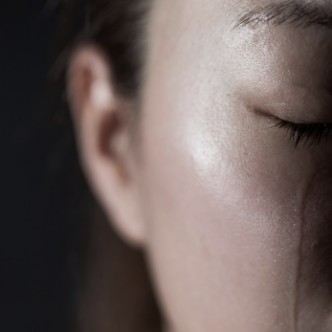
Program
- Agostino Steffani (1654-1728)
Stabat Mater (1727) - Antonio Lotti (1667-1740)
Crucifixus - Antonio Caldara (1670-1736)
Missa dolorosa
In 1667, the young singer Steffani, who comes from the region around Venice, emigrates to the Elector of Bavaria’s court where he completes his musical education with Kerll. In 1688, he enters the service of the Duke of Hanover, for whom he officiates as Kapellmeister (the brand new theatre is home to the first permanent Italian troupe). He also works as a diplomat, an activity that leads him to spend six years in Brussels. In 1703 he goes to work for the Elector Palatine of Düsseldorf in a largely political capacity.
Ordained a priest in 1680, his ecclesiastical career mainly develops from 1709 onwards, when he is appointed Vicar Apostolic for the North of Germany. During the last years of his life he is appointed President of the Academy of Vocal Music in London; he sends them his older works as well as some other works composed for the occasion, including the Stabat Mater. He dies while travelling from Italy to Frankfurt.
In addition to his numerous operas, Steffani is famous for his elegantly crafted duos. Apart from the Stabat Mater, his religious compositions are among his early works as a composer.
Lotti’s carrer is connected to the Doges of Venice. In 1687, he is a singer at Saint Marks, he goes on to become the second organist and then the maestro di capella. He writes 27 operas between 1693 and1717, but after two years in Dresden, he dedicates himself to sacred music. He also worked for the Ospedale degli Incurabili, and his masses and motets are included in the Basilica’s repertory until the 19th century.
Born in Venice, at a very young age Caldara is employed by Legrenzi at the Basilica of Saint Mark. Between 1699 and 1707, he works for the last Duke of Gonzaga as the maestro da cappella, da chiesa e dal teatro. His career then takes him to Rome, where he works for Prince Ruspoli until 1716. His operas, sonatas da chiesa or cantatas are often performed in Venice and Rome. His appointment to the position of vice Kapellmeister at Charles IVs court in Vienna (where Fux was Kapellmeister at the time) opens up new horizons for him.
The missa dolorosa is a work written towards the end of his life for the Feast of the Seven Sorrows of Mary.
Akadêmia :
18 singers, including soloists
18 instrumentalists
Françoise Lasserre, direction